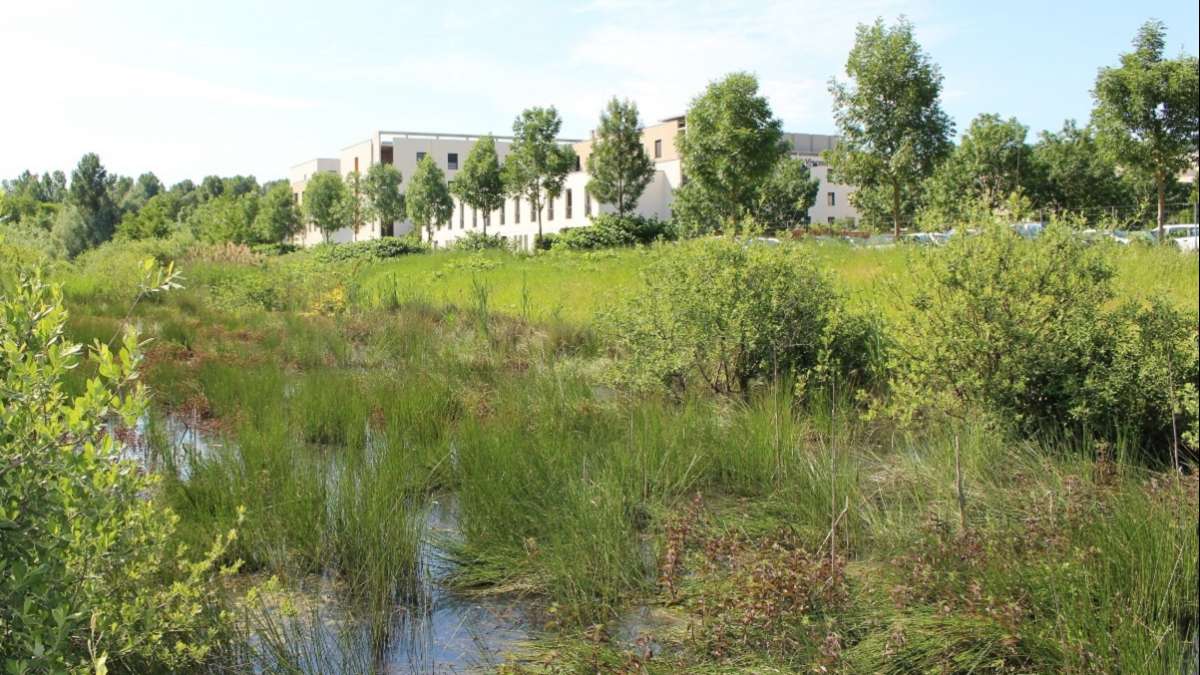
The ARM sequence ("Avoid-Reduce-Mitigate"), already included in the act of 10 July 1976 on the protection of nature, was consolidated in the law for the recovery of biodiversity of 8 August 2016. «Mitigation measures for damage to biodiversity (…) [must be] geolocated and described in a national geographic information system, accessible to the public on the Internet» (art. L. 163-5).
For this reason, the General Commission for Sustainable Development (CGDD) of the Ministry of Ecological and Inclusive Transition (MTES), in partnership with Cerema and the French Agency for Biodiversity (AFB) has developed an educational tool, intended for state services. Called GeoMCE. This application, rolled out in July 2017, serves to improve and harmonise the management, geolocation and monitoring of ARM measures.
It is now necessary to make certain data1 from the database thus constituted available to the general public. This is now done thanks to the Géoportail visualization interface2 and cerema.data.gouv.fr, Cerema's open data platform, where the data can be viewed and downloaded.
Cerema is a stakeholder in this cartographic dissemination since it ensures the quality control of the data extracted from GéoMCE, on behalf of the CGDD. Before transmission to IGN for integration into Géoportail, the ARM measures are thus subject to a monthly compliance audit with a publication reserved for the CGDD for viewing before validation.
This work allows everyone to better understand the progress of “biodiversity” mitigation in France, which is essential in the context of the objective of “no net loss”, or even of gain in biodiversity set by the law on the recovery of biodiversity. .
1 Sensitive data, particularly concerning protected species, will not be disclosed to limit the risk of depredation.
2 Website of the National Institute of Geographic Information (IGN)

